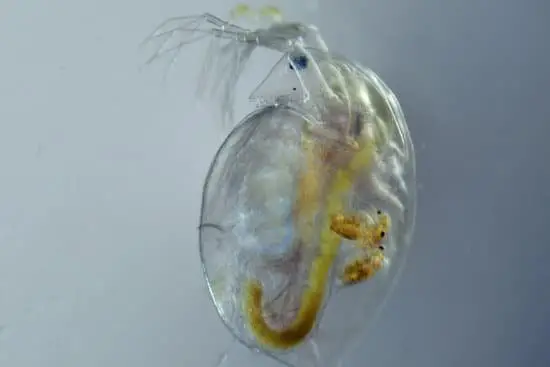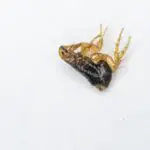Why Are Fleas Important?
Fleas are a wingless group of insects that live on humans and other mammals. Their bodies contain a tough cuticle, bristles, and flattened spines. Adult fleas can be anywhere from 0.1 to 0.32 centimeters long, and feed on the blood of their host. They are considered one of the most important groups of arthropods, and are responsible for causing a variety of diseases, including plague. They are classified into 15 different families, with most of their veterinary species belonging to the Pulicidae and Ceratophylidae families.
Fleas have developed a jump mechanism to compensate for the lack of wings. Their legs are attached to their bodies by a hinge, called the thorax, which absorbs compression during wing strokes and then transfers stored energy through an elastic recoil effect. As a result, the fleas can jump far and high despite their small size.
The adult flea will emerge from its cocoon when it senses that a host is nearby. Fleas will live for up to four days without food, but will need to feed in order to start the life cycle again. The life cycle of a flea varies based on species and weather conditions, but generally takes between 2 years to complete.
Fleas can transmit various diseases, including tularaemia. The primary cause of tularemia is the bite of an infected animal, although humans can also be infected through aerosols.







